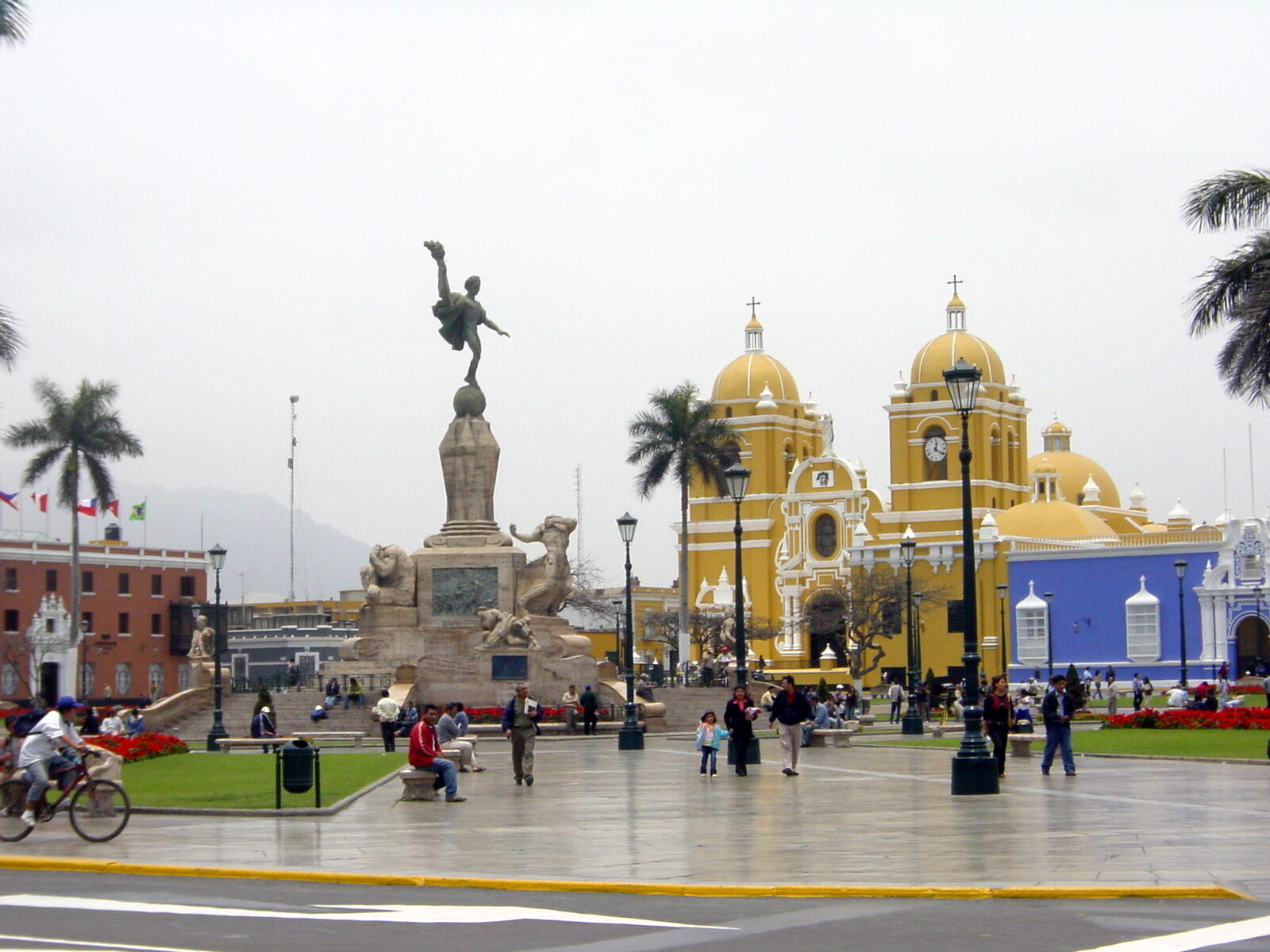Peru’s northern coastline is blessed with a year-round mild climate and perfect sets of rolling waves. It’s also home to the picturesque colonial city of Trujillo. Yet, there is another, much more fascinating reason why you should visit…
Almost two thousand years ago, the first settlers of the Moche Valley achieved the seemingly impossible with their bare hands. They created Farmland in the desert… fishermen’s rafts that could surf the waves… fine jewelry crafted from crude metals… and entire cities out of the mud.
From the treasure trove of ruins in these sand-swept desert plains, it’s clear that the Peruvians developed impressive agricultural, architectural and artistic insights long before the Europeans arrived.
Trujillo
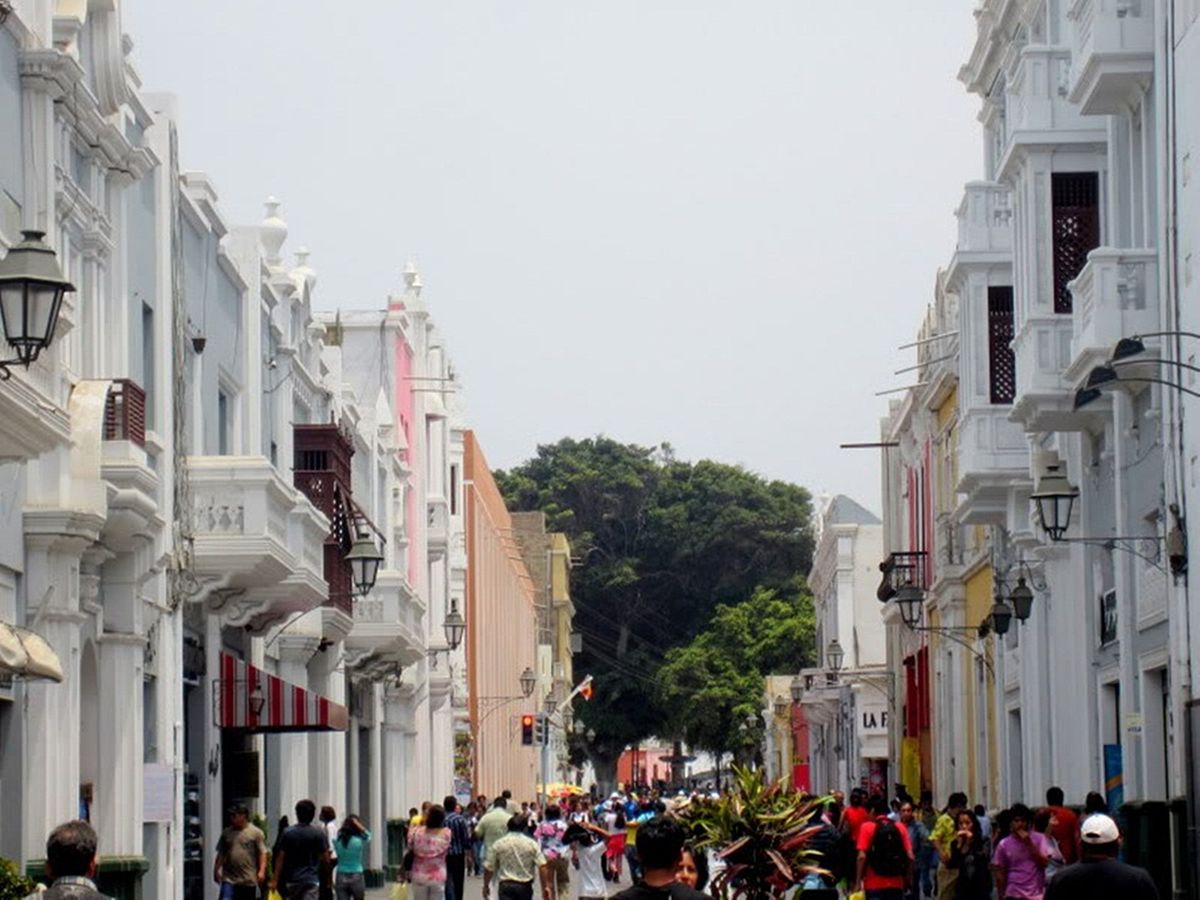
When the Spanish did come, they swiftly created one of Peru’s finest and largest cities: Trujillo.
Exploring its compact city center is like browsing an open-air museum of Spanish colonial architecture. Everywhere you go, you’ll pass colorful mansions, adorned with tall window grilles and enclosed wooden balconies.
The Cathedral on the northern end of the Plaza de Armas
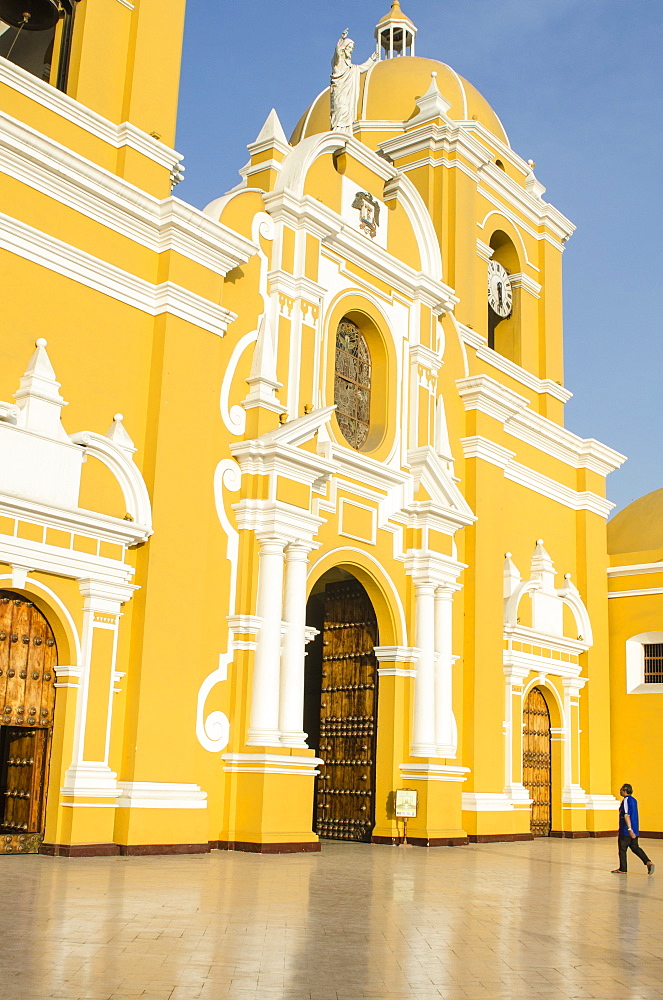
For more than 400 years, the exterior of the Cathedral on the northern end of the Plaza de Armas has remained largely unchanged. Step inside to see precious religious paintings and admire the cathedral’s central altarpiece with its twisting columns.
Trujillo’s Archaeological Museum
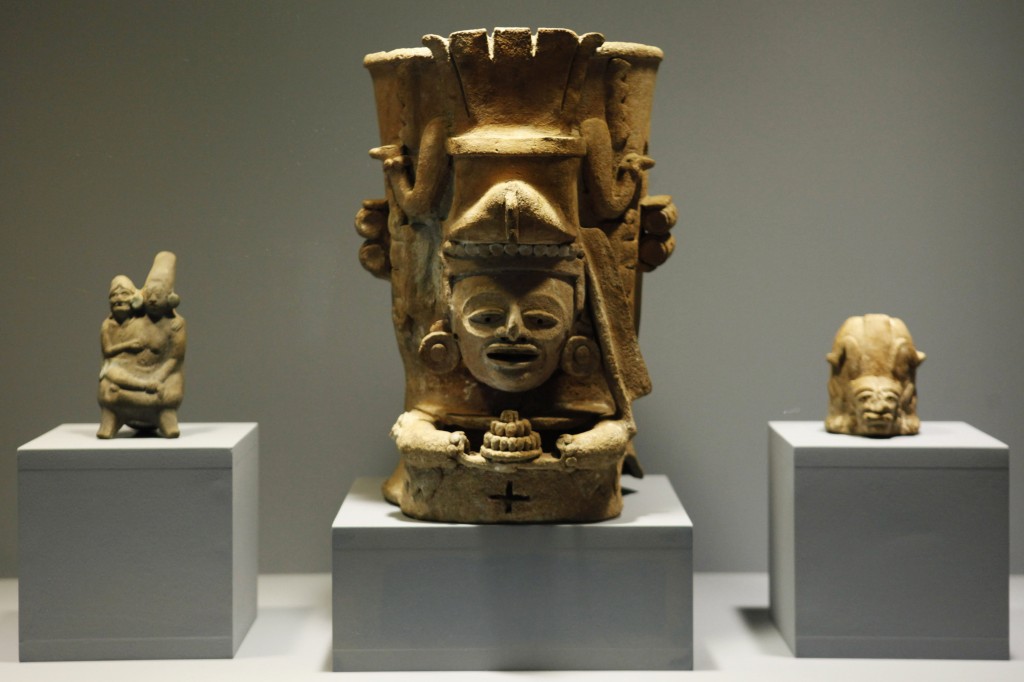
From the Historic Centre, it’s only a short taxi ride to the seventeenth-century mansion of Trujillo’s Archaeological Museum. Its exhibits paint a picture of the pre-Columbian peoples of northern Peru. The fascinating pieces they left behind help us piece together their story.
The Temples of the Sun and the Moon
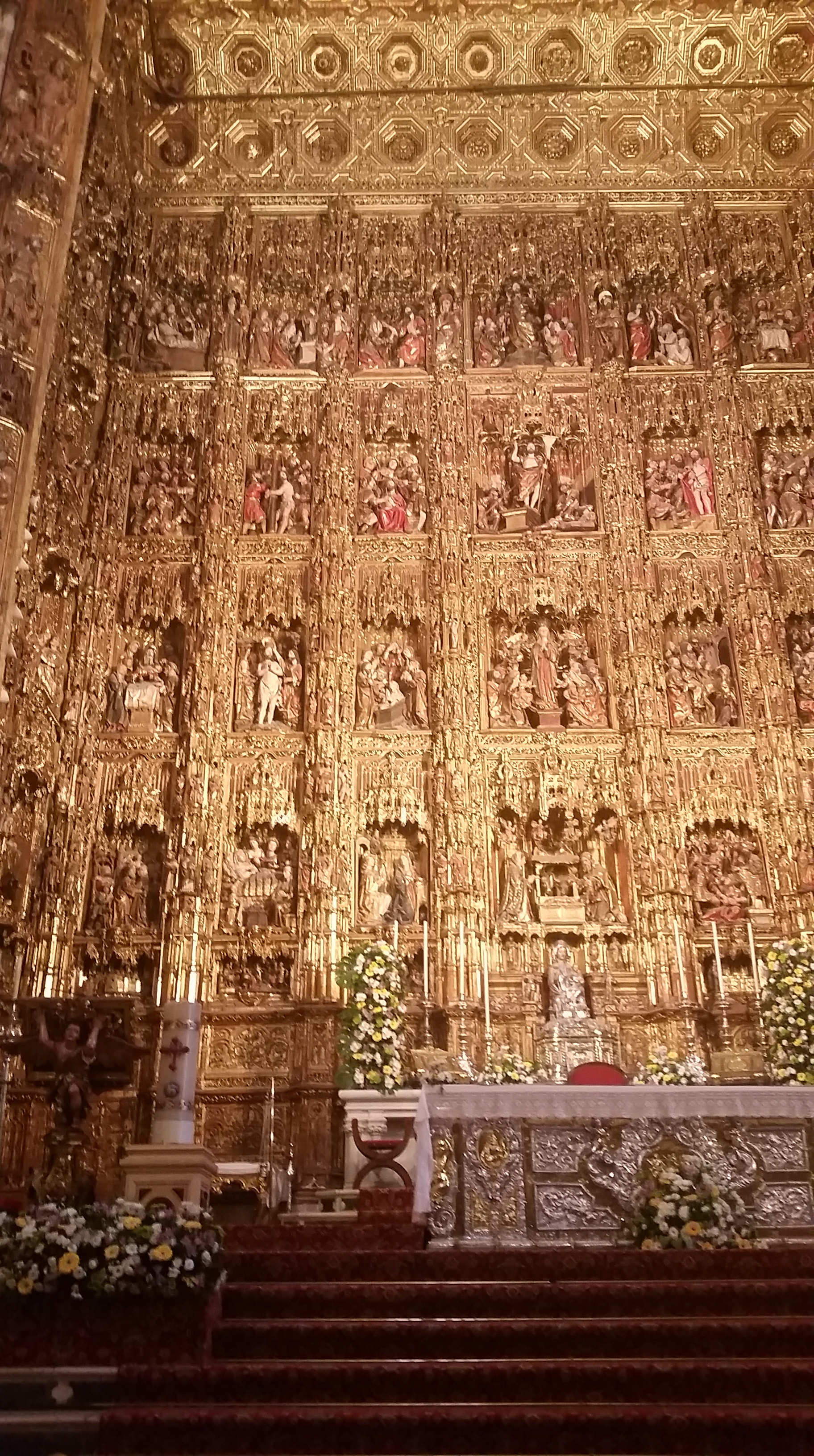
Start your tour of the region’s famous ruins at the Temples of the Sun and the Moon. Made from millions of sun-dried bricks, these were once the largest adobe pyramids in the world.
While the language of the Moche people has been lost, we can interpret their habits and beliefs through their elaborate murals and brilliantly expressive artworks.
They were warriors who sacrificed their rivals to appease the gods. Yet, their pottery shows there was also harmony in their fierce existence.
The world’s most mysterious mummies at the coastal site of El Brujo
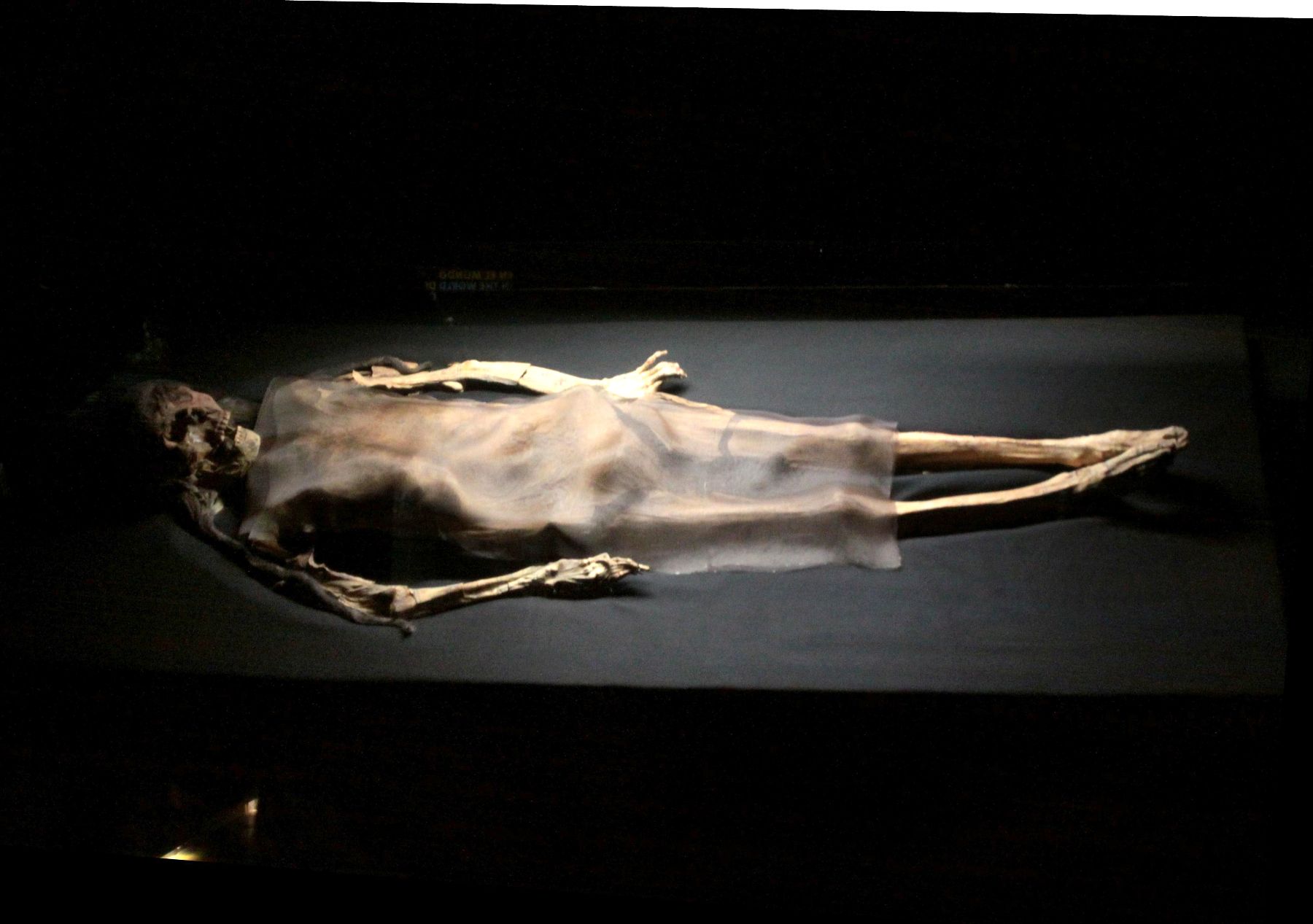
Like the Egyptians, the Moche buried their elite in pyramids. See one of the world’s most mysterious mummies at the coastal site of El Brujo where, as recent as 2005, the Lady of Cao was discovered.
The tomb of this tattooed Moche woman also held copper darts and jewelry, suggesting that she was a priestess or warrior leader.
Chan Chan
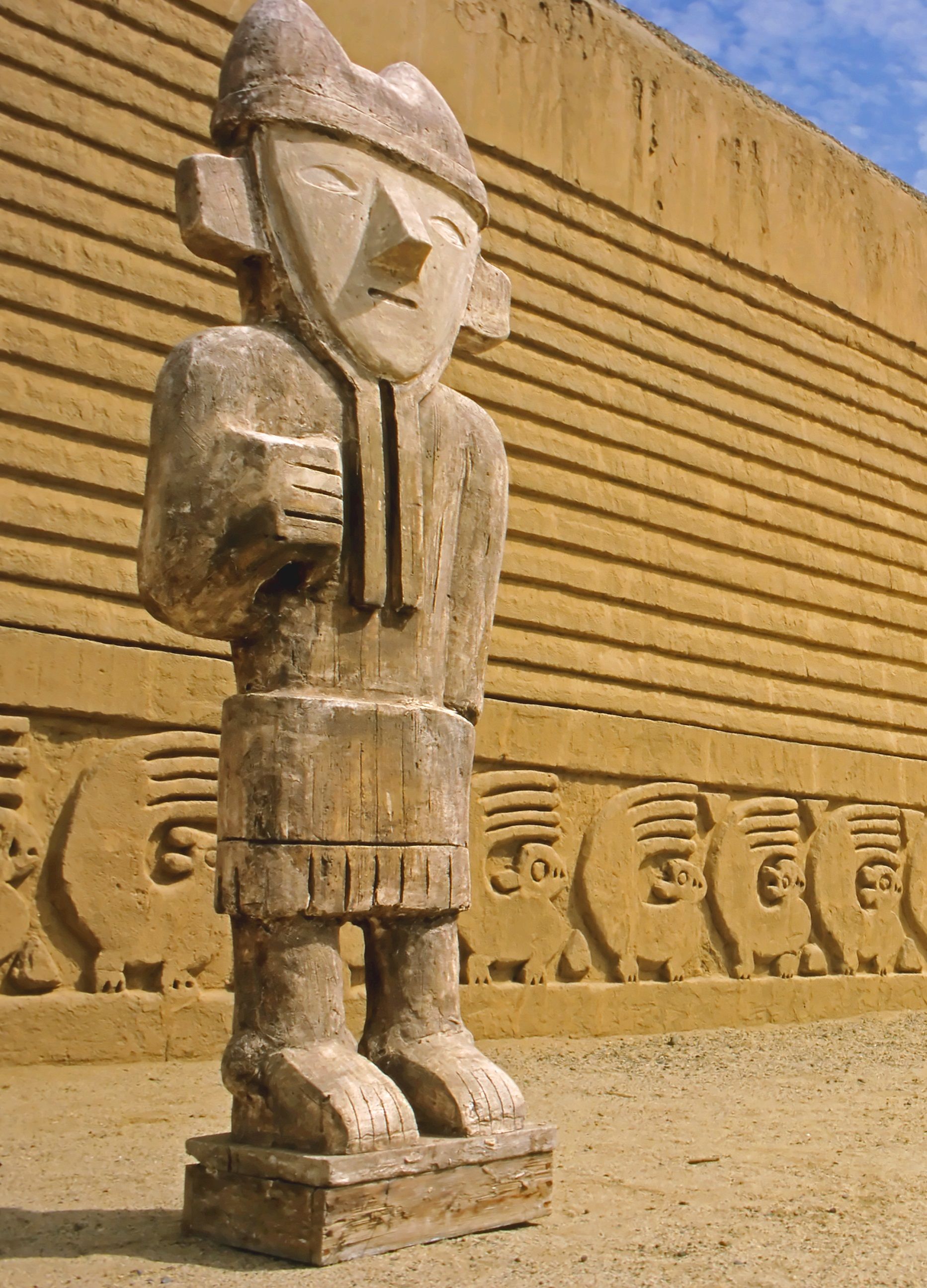
It’s believed that relentless El Niño rains caused the demise of the Moche culture. By the time the Chimú people arrived, around 900 A.D, the landscape had returned to the arid coast. Like the Moche, the Chimú cultivated reed to make fishing rafts and used the clay and minerals from the river valley for their building bricks and decorations.
Visit their capital, Chan Chan, to explore what was once the largest adobe city in the Americas.
The city’s maze of corridors to central courtyards

Follow the city’s maze of corridors to central courtyards, which were decorated with fishnet patterns and animal reliefs. In the late fifteenth century, the Incas came and assimilated the Chimú culture into their own.
Less than 60 years later, the Spanish followed, determined to conquer the New World. These “Conquistadors” stripped the temples and tombs of gold and artifacts and created a new city, which they named Trujillo.
The Marinera
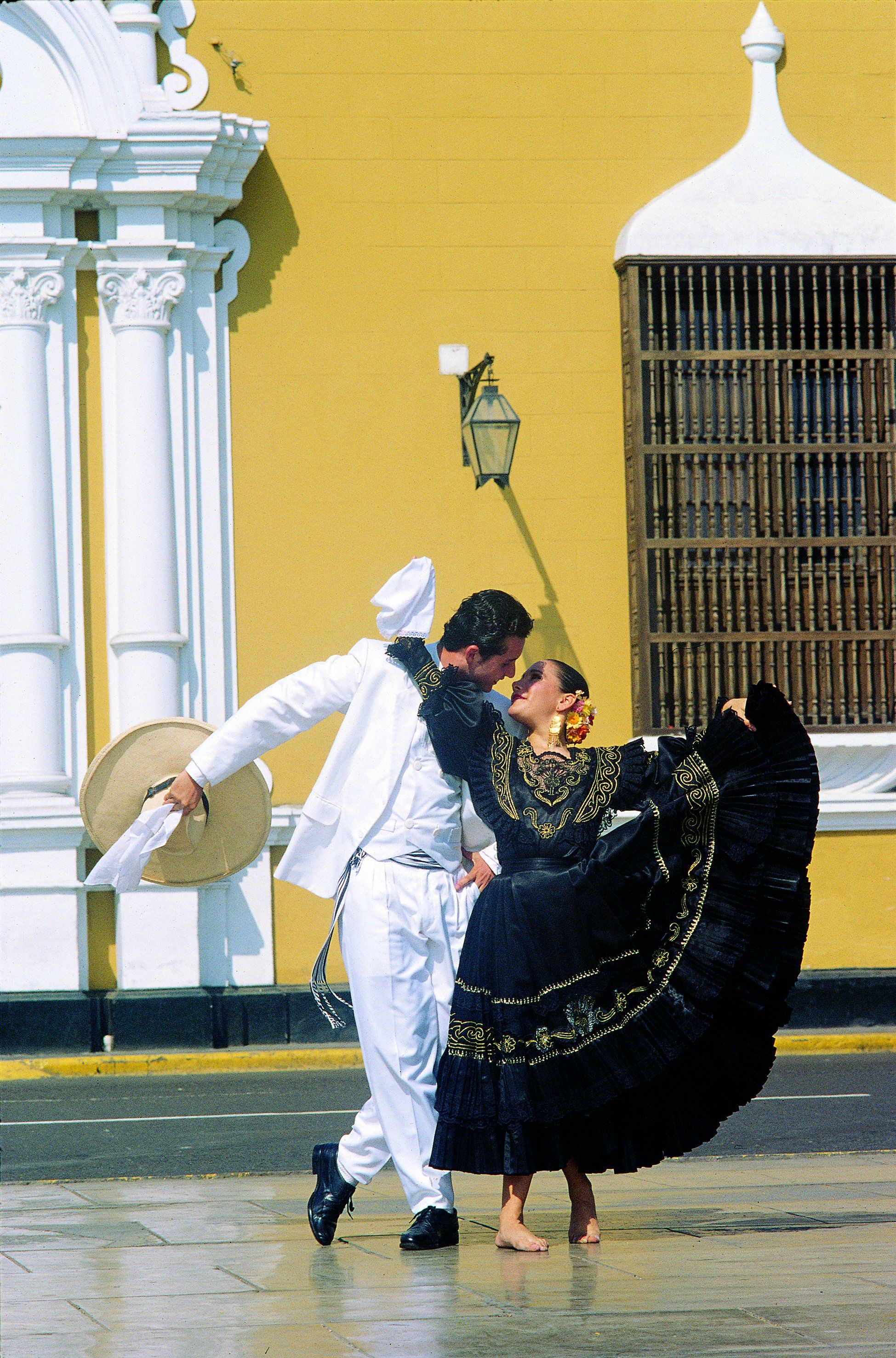
They also introduced the pure-bred Paso Horse to the region. World-famous for its gait, it has what the locals call “brio”: a mixture of nobility, pride, and fire.
These characteristics proved a perfect match for the spirited Peruvians from the northern desert and together they perform the Marinera, a show of elegant seduction and fierce resistance.
The Freedom Monument on the central Plaza de Armas
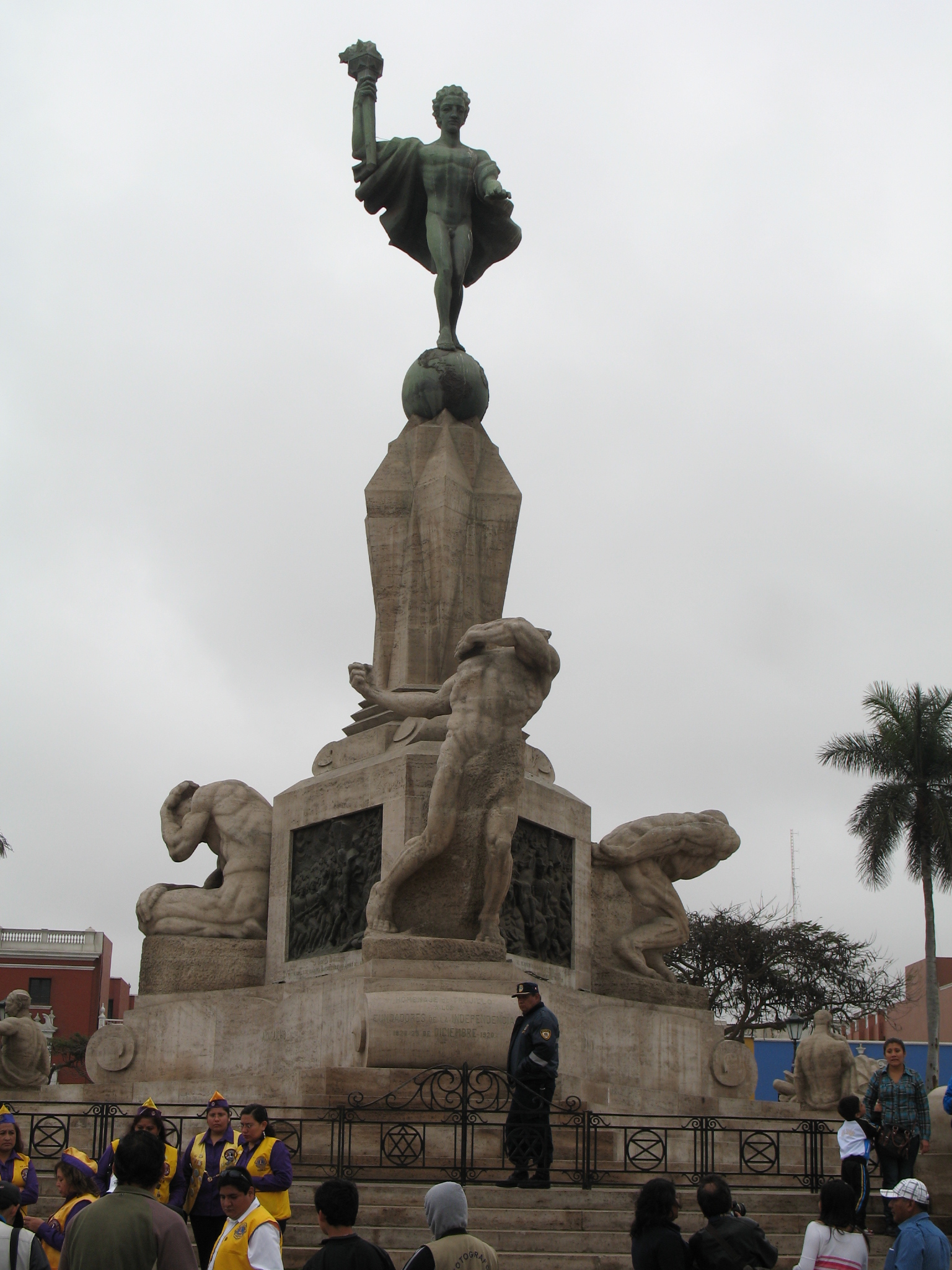
With its long history of resilient people, Trujillo was the first Peruvian city to proclaim independence from Spain in 1820, an event that is commemorated by the Freedom Monument on the central Plaza de Armas.
Casa Urquiaga
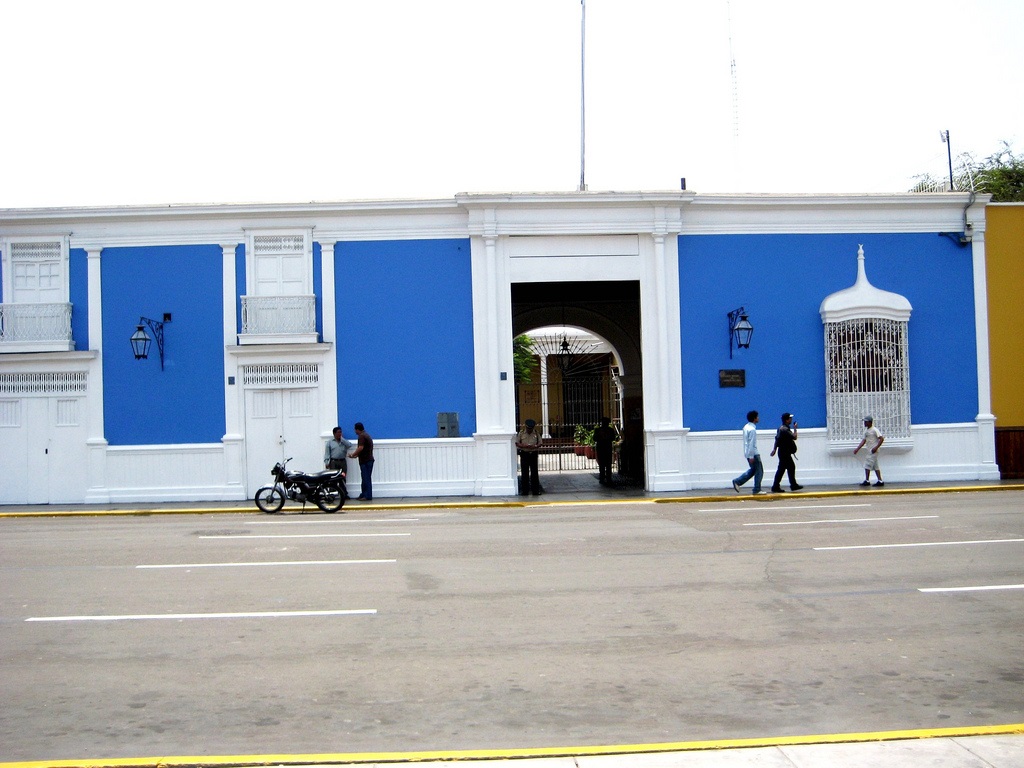
One of South America’s revolutionary heroes, the liberator Simón Bolívar, stayed at Casa Urquiaga, which is open to visitors.
Conclusion
Colonial architecture, ancient art, and pyramid temples, combined with proud Latino traditions, have made Trujillo “the Peruvian Capital of Culture.”
Like an oasis in the desert, discovering Trujillo is replenishing for both the body and soul.
It’s refreshing to see that from these barren grounds, such creativity can sprout.
